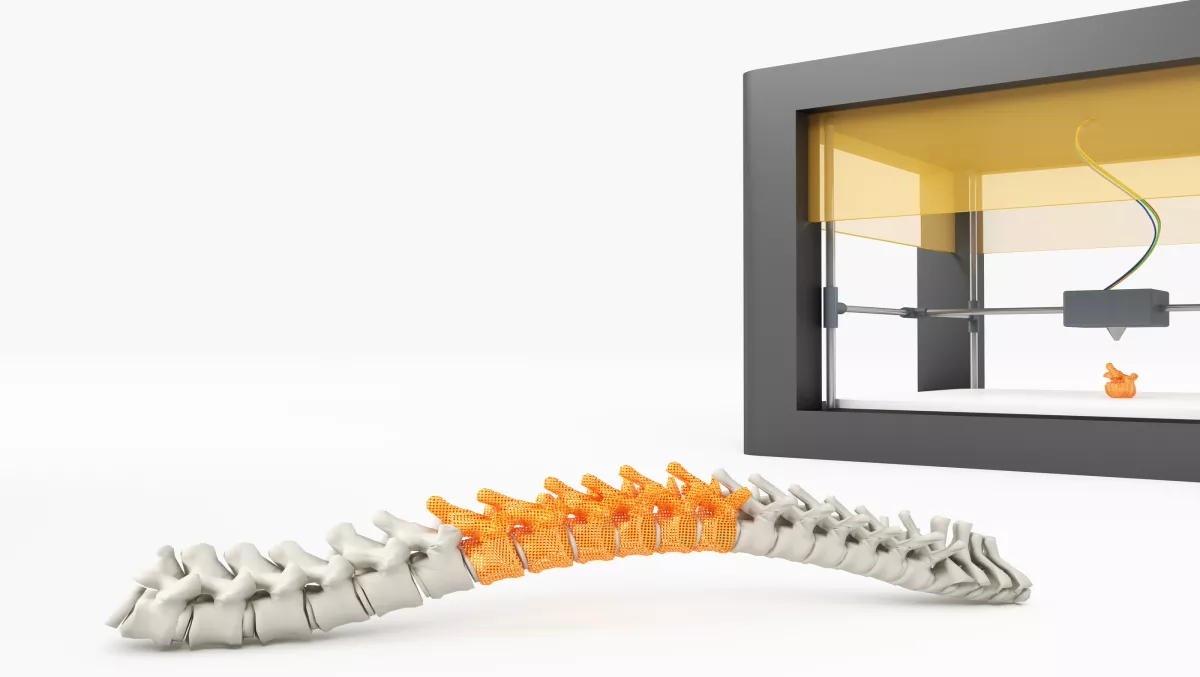
New Zealand student uses milk protein to 3D-imprint cells that could possibly regrow limbs
A University of Canterbury PhD student is using milk protein to 3D-imprint muscle and bone cells and one day she hopes her research may be used to regrow missing body parts.
Azadeh Hashemi has been working on her PhD project for four years now.
Her work is focused on the fabrication of casein-based films with unique surface patterns, and then growing cells on them.
She is turning what is basically milk powder into biomedical devices, such as implants to help regrow missing body parts.
Hashemi says, "The aim of my work is to replicate a 3D-imprint of cells onto films made of milk protein, to use them as a substrate for growing cells.
"Development of the replication process and controlling the biodegradability of these films are the main parts of this work.
"They can influence cell shape and growth, once they have done their job, the films gradually degrade and leave the grown tissue behind.
The possibilities of these micro and nanostructures are tantalising, with applications in stem cell engineering, regenerative medicine, and implantable devices.
Hashemi continues, "If they can help the cells grow into muscles, bones or other tissues they would be able to replace any missing body part or help them regrow.
"Another great application for these substrates is to grow stem cells on an imprint with patterns of different cell types and see what type of cell the stem cells would change into.
"We might even be able to stop cancer cells from being cancerous by growing them on these patterns, in which case the biodegradability of the substrates would also be an advantage for eliminating the need for secondary surgery.
In theory, the application of these films could drastically help recovery from injury or disease.
These films could be used as implants to help missing tissue or muscle regrow using the surface patterns as a guide.
The biodegradable implant would then just dissolve and there won't be any need for secondary surgery to take the implant out.
Volker Nock, University of Canterbury professor says, "Azadeh's work has demonstrated that we can replicate the shapes of biological cells into casein biopolymers with extremely high-resolution.
"It shows that we can control how long these materials take to degrade and that we can culture other cells on top of them.
"She is just now getting her first results as to what influence the shapes have on the cells and how the shapes change over time.
Azadeh recently returned to Christchurch from the United States where she was invited to give a presentation at the International Conference on Electron, Ion, and Photon Beam Technology.
She is now continuing her work on this revolutionary technology.


